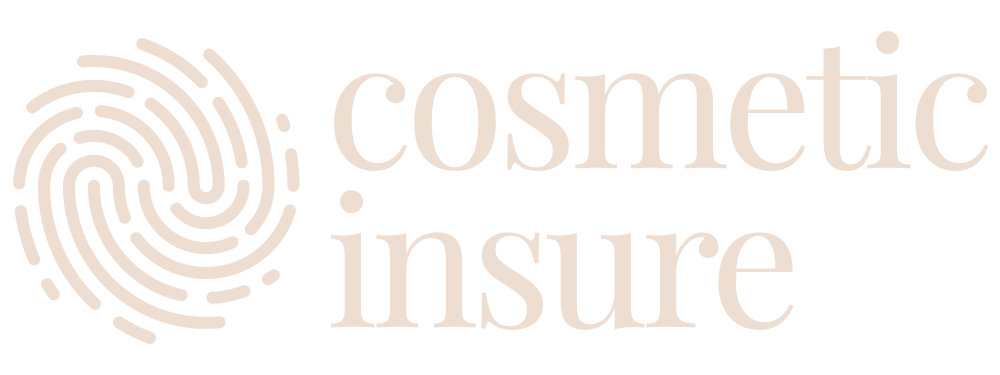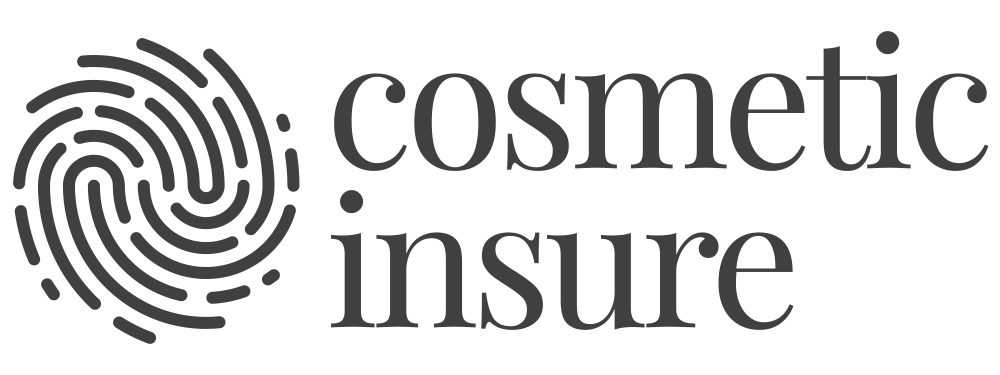INDUSTRY INFO
Interview with Dr. Sherif: The Rise of Men’s Aesthetic Treatments for International Men’s Day
As the demand for men’s aesthetic treatments continues to grow, clinics must ensure they are prepared both in terms of expertise and insurance coverage.
In celebration of International Men’s Day, we sat down with Dr. Sherif, a pioneer in men’s aesthetics, to discuss the rising demand for aesthetic treatments among men, the challenges they face, and what the future holds. Dr. Sherif shared his insights on how the aesthetics industry is evolving to meet the unique needs of male clients.


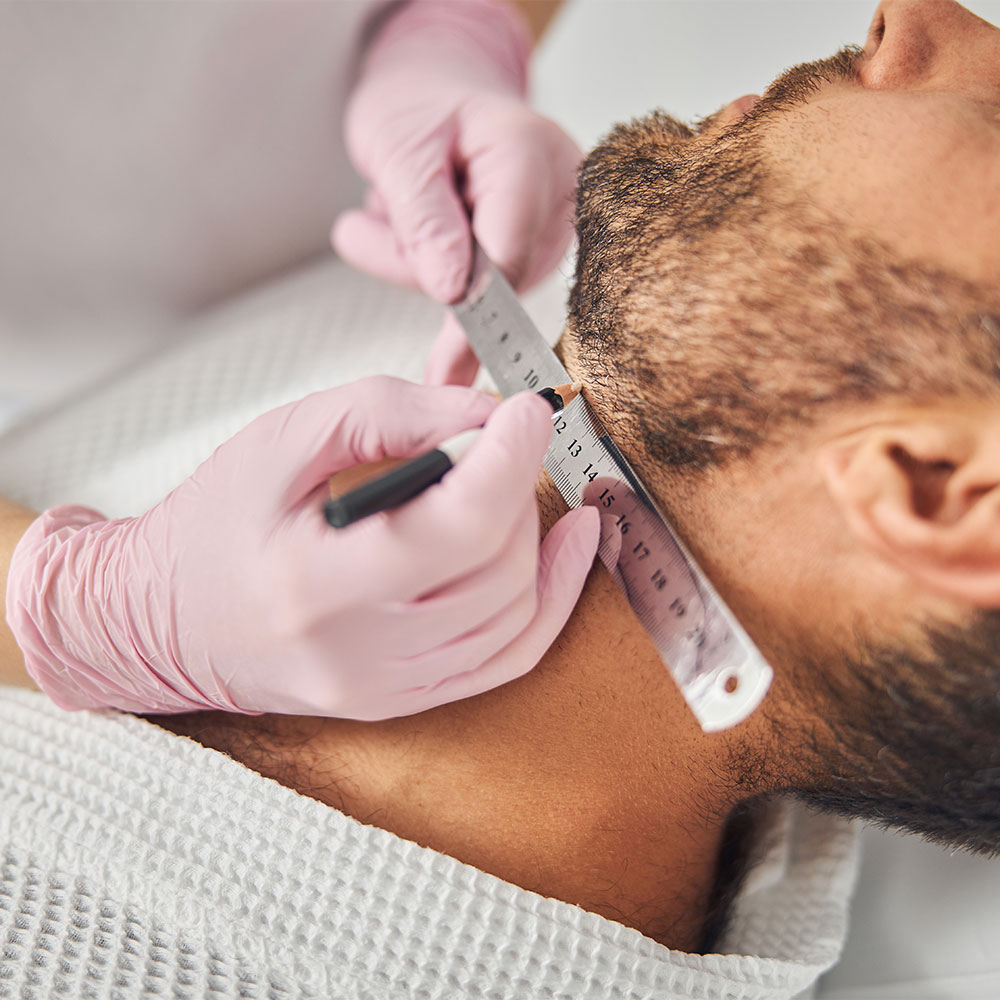
How has the demand for aesthetic treatments among men evolved in recent years?
Dr. Sherif: The demand for aesthetic treatments among men has increased significantly for a variety of reasons, particularly with the breaking of taboos around these procedures. Men are increasingly seeking both aesthetic and sexual health treatments, and the shift in mindset is substantial. It used to be that Botox and fillers were seen as something only for women, but now men are much more open to these procedures. Social media has played a huge role in changing these perceptions, as men can see the benefits of these treatments firsthand.
Another major factor is the advancement in aesthetic techniques. We can now deliver more natural results, which has encouraged more men to explore these options. After their first treatment, many feel confident and motivated to continue with others.
“The concept around aesthetics has changed.”
What do you think is the future of men’s health in the aesthetics industry, and how can clinics prepare for it?
Dr. Sherif: The future of men’s health in aesthetics is very promising. While the percentage of men receiving treatments is still lower than women, there’s tremendous room for growth. We are already seeing an increase in men looking for treatments like Botox and fillers, especially as these procedures become part of regular maintenance.
“The way we approach aesthetics for men is very different,”
Clinics need to prepare by understanding that the approach to men is different from women, especially when men want a masculine look. Injectors need to understand the anatomy of the male face and how to enhance masculine features, not just fill in areas. The better trained a practitioner is, the better results they can offer their male clients. To prepare, clinics should also ensure they offer tailored products and services specifically for men. For example, more companies are now creating fillers designed for men.
Who is the ideal candidate for the P-Shot?
Dr. Sherif: The P-Shot is suitable for any man. It’s a treatment I see more as maintenance than just a one-time procedure. The whole purpose of the P-Shot is to rejuvenate and improve functionality. I introduced the P-Shot to Europe in 2000 and also to the Middle East and Africa, and I’ve seen firsthand how transformative it can be for men’s sexual health.
What are the common aesthetic concerns men have as they age, and how can treatments address these?
Dr. Sherif: As men age, some of the most common concerns are hair loss, tear troughs, and dark circles under the eyes. Hair transplants have become particularly popular—look at the example of Wayne Rooney. His hair transplant normalised the procedure for men.
However, it’s essential to choose reputable providers. In addition to hair transplants, there are non-surgical options like PRP (Platelet-Rich Plasma), growth factors, LED light therapy, and exosomes to treat hair loss. For facial concerns, treatments like under-eye fillers, hyaluronic acid, and skin boosters are also becoming more common.
How can aesthetic practitioners help men feel more comfortable discussing treatments like the P-Shot?
Dr. Sherif: Awareness is key. Men need to feel comfortable asking questions and understanding what options are available to them. Personally, I’ve been offering the P-Shot for years, and men come to me because they know my experience and background. It’s important to have brochures, videos, and seminars where men can learn more about treatments in a comfortable setting.
For practitioners, it’s critical to have a team that’s trained and knowledgeable about men’s health. Cosmetic Insure plays a vital role here by providing insurance to practitioners who offer treatments like the P-Shot and others. They ensure that clinics are fully covered, allowing practitioners to focus on delivering the best care to their clients.
What results can men typically expect after undergoing the P-Shot procedure?
Dr. Sherif: “The P-Shot isn’t a quick fix or a magic wand, but a regenerative treatment that helps rejuvenate sexual function. I’ve performed 35,000 cases, and I’ve seen great results. Despite some controversy, many men are satisfied with the outcome. However, it’s important to manage expectations and be upfront with patients about the process.
I always tell new practitioners that proper training is essential. Some people think they can learn these techniques by watching a YouTube video, but that’s not enough. Having insurance from Cosmetic Insure gives practitioners the peace of mind to focus on getting the right training and delivering high-quality care.”
Why Cosmetic Insure is Key for Clinics Offering Men’s Aesthetic Treatments
As the demand for men’s aesthetic treatments continues to grow, clinics must ensure they are prepared both in terms of expertise and insurance coverage. Cosmetic Insure offers comprehensive policies tailored to aesthetic practitioners, including those offering specialised treatments like the P-Shot, hair transplants, and advanced injectables.
With the right insurance, clinics can confidently expand their services to meet the needs of male clients, knowing they are fully covered. For practitioners like Dr. Sherif, partnering with Cosmetic Insure ensures that they can continue to offer cutting-edge treatments with the highest level of professionalism and care.
Share This Story, Choose Your Platform!
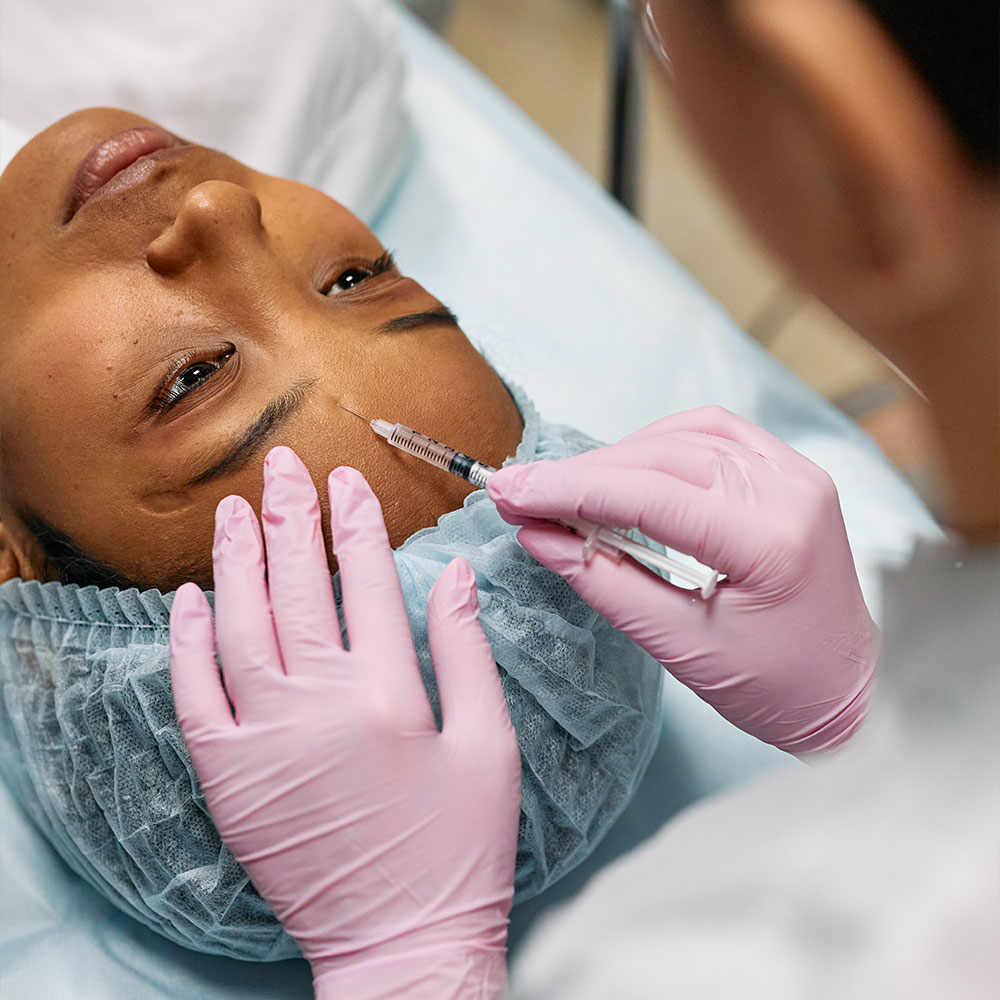
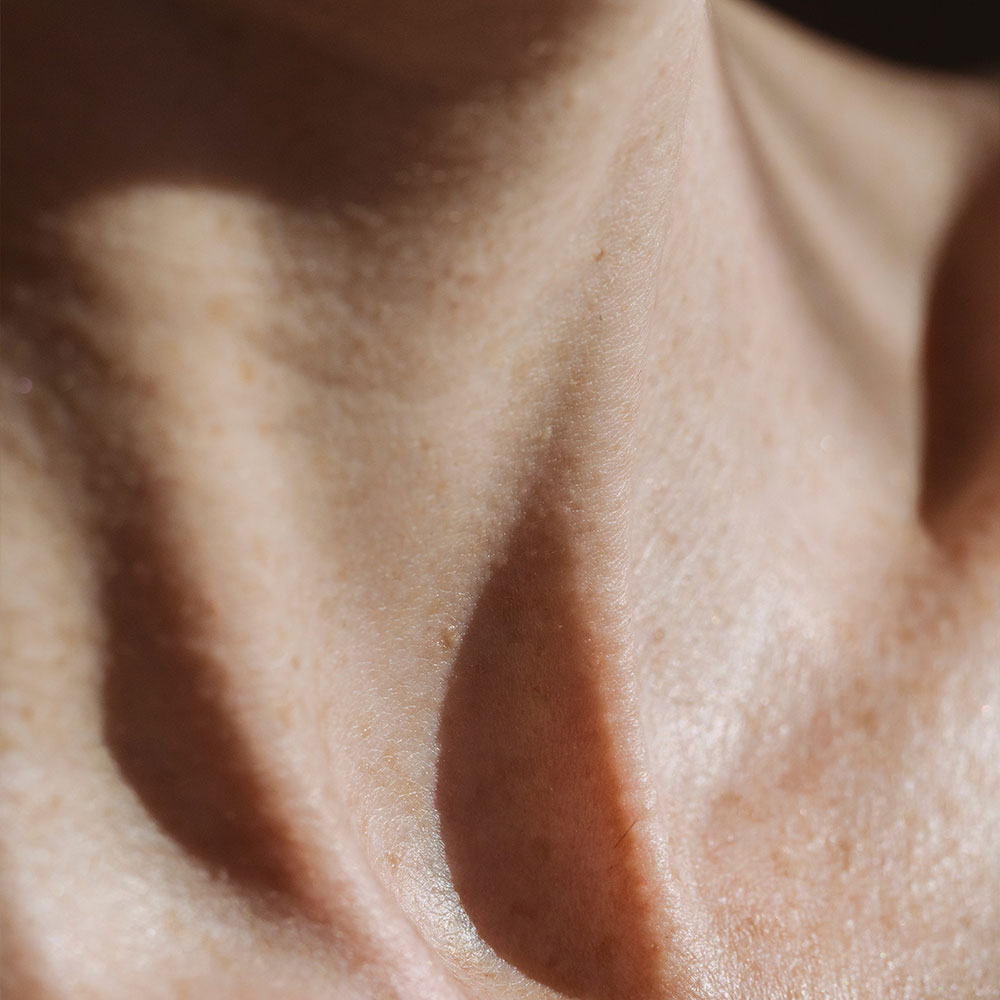
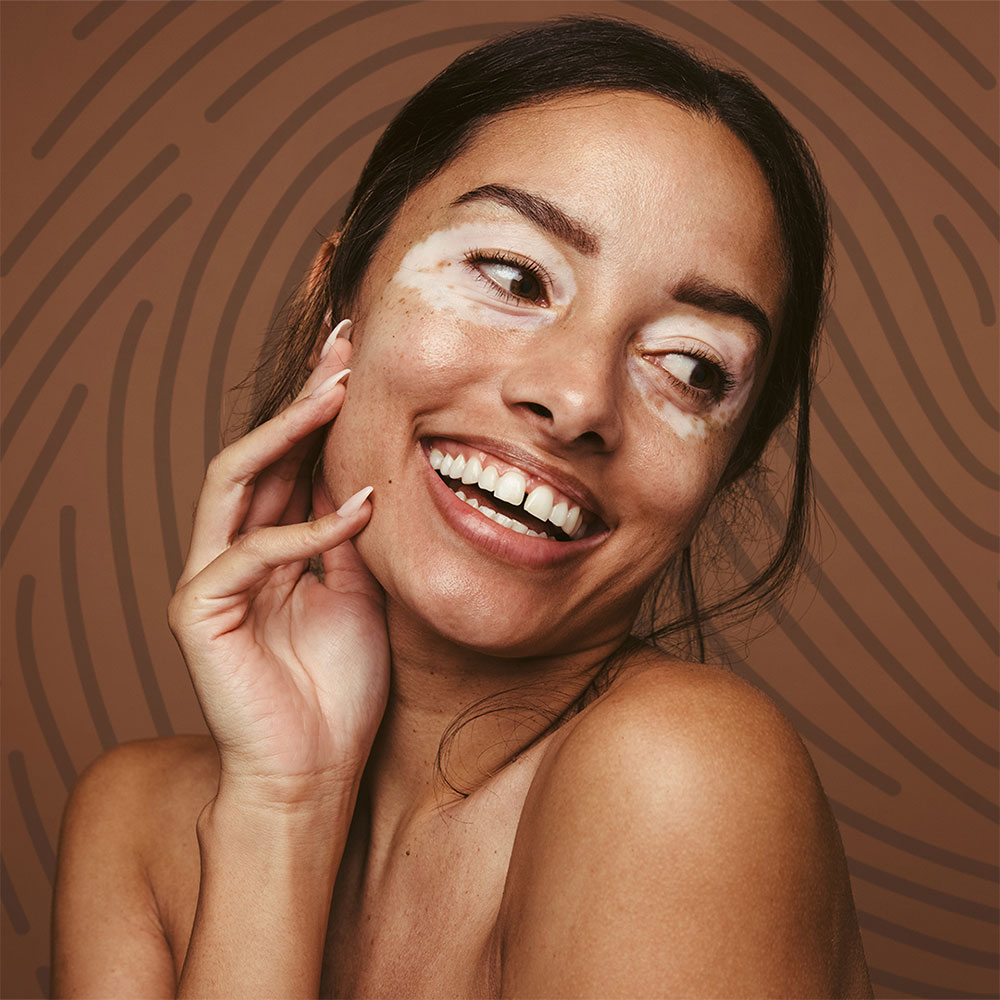

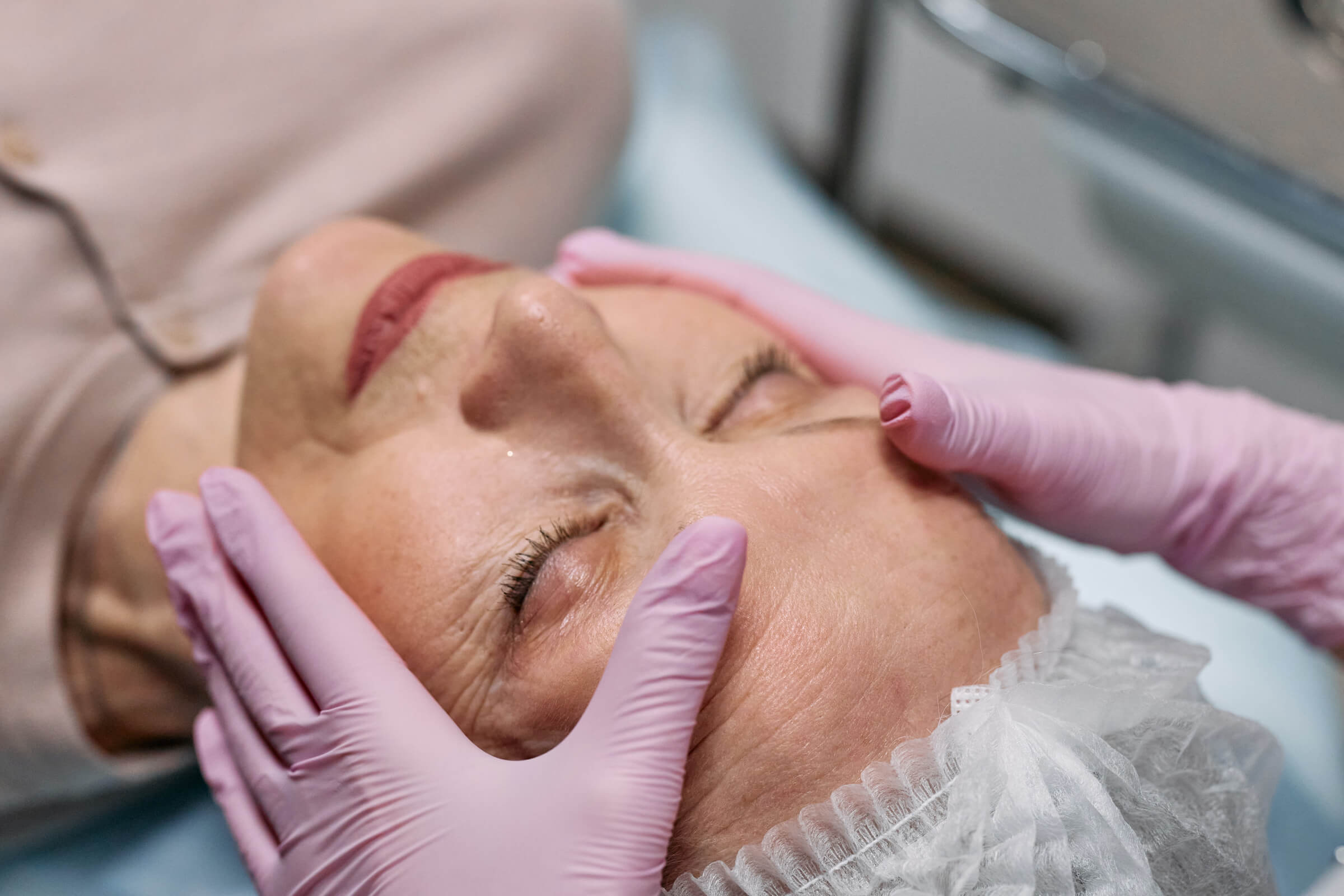
Cosmetic Insure Disclaimer
All the information provided in our Cosmetic Insure Treatment Guides and blog articles serves as a valuable reference and informational resource. Our intention is to offer insights that assist you in making informed choices when exploring the extensive array of non-surgical aesthetic treatments available.
Please note that this information does not constitute medical advice. Any reliance you place on the content found within the Cosmetic Insure Treatment Guides, Cosmetic Insure blog articles, or on any part of cosmeticinsure.com is done so entirely at your own discretion.
Prior to considering any non-surgical cosmetic treatment mentioned anywhere on cosmeticinsure.com, we strongly recommend that you engage in thorough consultation with a duly qualified and accredited practitioner who possesses the proper training and comprehensive insurance coverage for the specific treatment you are interested in. Neither the author of the guides or blog articles, nor the practitioner who has verified these guides, nor Cosmetic Insure, can be held responsible or liable for any loss or claims resulting from the use or misuse of cosmeticinsure.com’s content. Your safety and well-being are our utmost concern.

